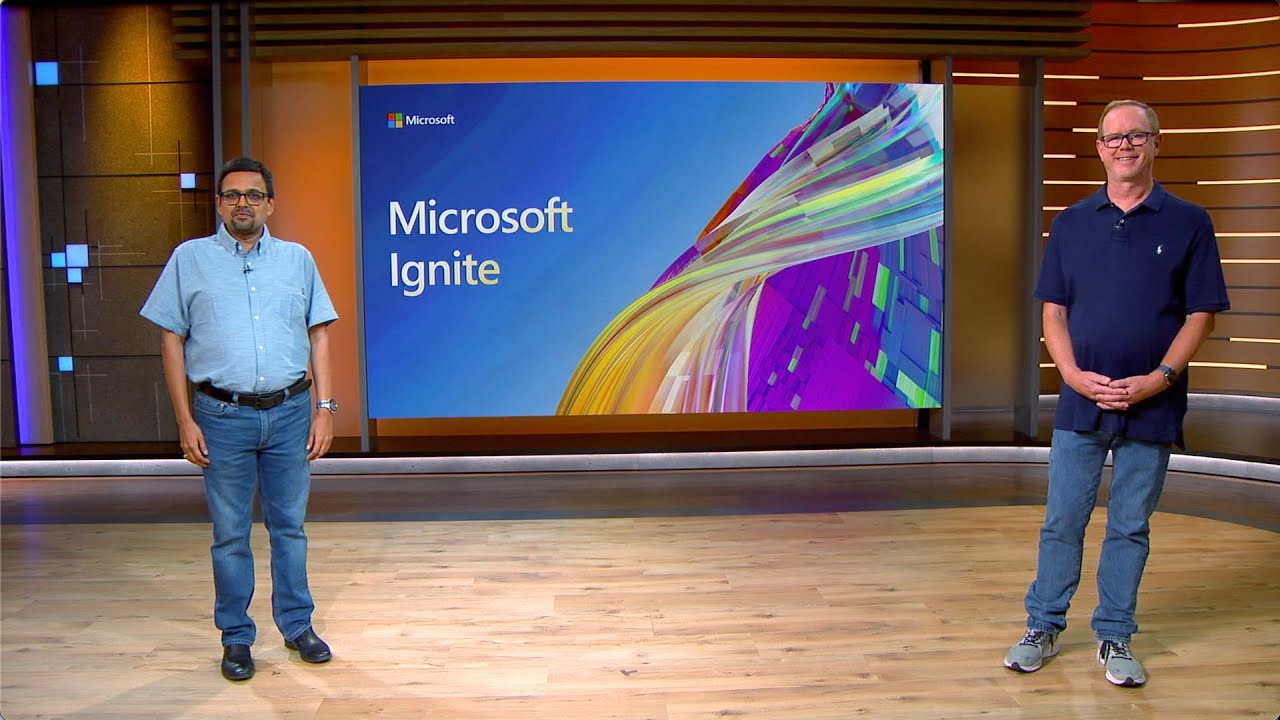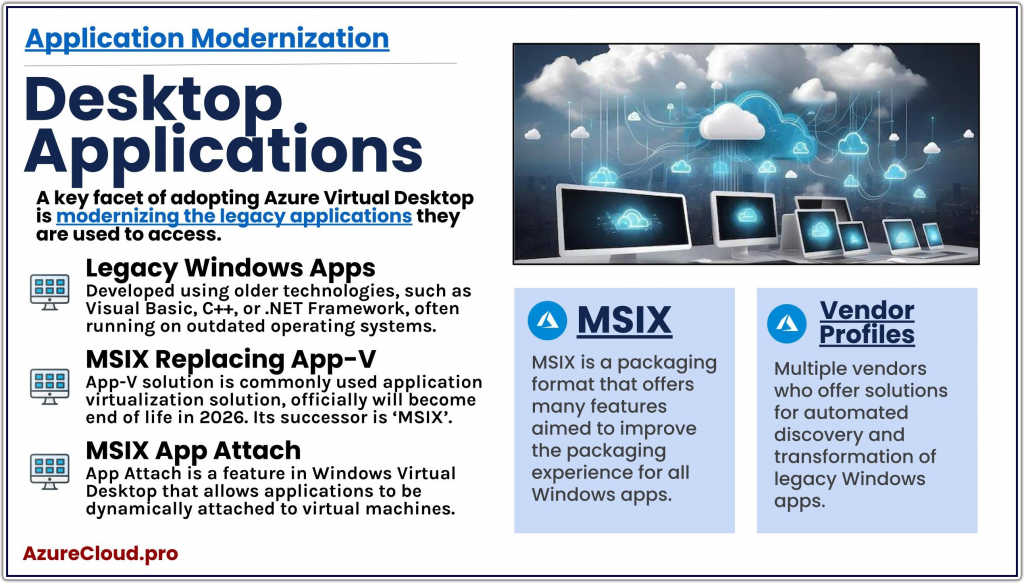Modernizing Desktop Applications
Legacy Windows applications have been the backbone of businesses for years. However as technology advances these applications face aging challenges.
These are software programs developed using older technologies such as Visual Basic, C++ or .NET, often running on outdated operating systems.
This creates challenges including incompatibility with modern operating systems, dependency on outdated libraries and user interfaces, performance issues, security vulnerabilities and difficulty in integrating with other systems.
Solution Services
Assessment and Planning
Conduct a thorough assessment of the existing legacy Windows applications to identify their functionalities, dependencies, and potential challenges.
Develop Migration Plan
Estimate the budget required for the modernization project, including costs for software licenses and hardware upgrades, and identify potential risks that may arise during the modernization.
Migrate and Test
Define and implement the testing procedures and quality assurance measures to ensure that the modernized Windows applications meet the required performance and security standards.
Industry Insights
An ongoing best practice article series on Application Modernization best practices implementation.
Read the article series.



Solution Guide

Resources
Proin ultricies vel urna pulvinar pulvinar. Morbi condimentum dolor vel tellus laoreet, eu auctor erat sodales suspendisse dictum.
- Lorem cubilia auctor tristique habitasse.
- Tristique etiam inceptos tempus.
- Tristique etiam inceptos tempus quis.
Placerat dictum etiam augue massa.
Guide
PDF download with expert insights.
Webinars
PDF download with expert insights.
Vendors
PDF download with expert insights.
